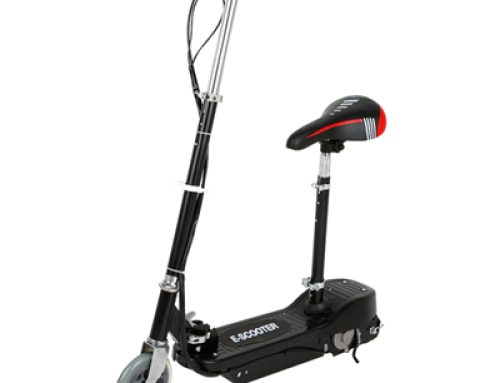The controller is a component that controls the speed of the motor. It is also the core of the electric vehicle’s electrical system. The controller has under-voltage, current-limiting or over-current protection functions. The intelligent controller also has a variety of riding modes. It also has a self-checking function for the electrical components of the vehicle. The controller is the core component of electric vehicle energy management and various control signal processing.
The handle, brake handle, etc. are the signal input components of the controller. The handle signal is the driving signal for the rotation of the electric vehicle motor. When the electric vehicle brakes, the brake outputs an electric signal from the internal electronic circuit to the controller. After the controller receives this signal, it will cut off the power supply to the motor, thereby realizing the brake power-off function.
Lamps and meters are a combination of components that provide lighting and display the status of electric vehicles. The instrument generally provides battery voltage display, vehicle speed display, riding status display, lamp status display, etc. The intelligent instrument can also display the failure status of various electrical components of the vehicle.







